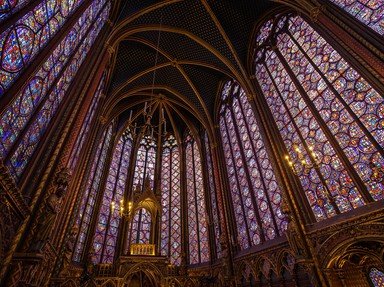Quiz Answer Key and Fun Facts
1. The first booth at which I stopped featured a gentlemen carving pieces of wood into figurines. I learned they would go into a mechanism for what the Black Forest is famous. What item is this?
2. I came to a beverage stand next and expected to see beer. I was surprised when the lady from Ostfriesland, Germany told me they drank more of this particular drink than even the British. What is it?
3. The next area I visited at the cultural festival was filled with people wearing traditional lederhosen. These garments date back to the 1500s, particularly in Bavaria. With what material are they made?
4. I entered the next area and was enthralled with all the beautiful Christmas paraphernalia. This holiday is very important in the German culture and is celebrated for weeks. In fact, what symbol of Christmas originates from Germany?
5. The next area was touting the German spa culture. They told me all about the hundreds of health resorts and spas throughout the country. This health and relaxation experience has been observed for hundreds of years. True or False: The Germans, in general, frown upon nudity in this practice.
6. I was getting hungry so headed to the Bavarian food section of the festival. I found out that these dishes are hearty and rustic, with fairly simple ingredients. The German fare features dumplings, breads, veal and pork dishes. They are also known for their wide variety of wurst. What is this?
7. In the next area of the cultural festival, I learned that Germany has dedicated itself to not forgetting the past, especially the Holocaust. There are museums, monuments, and statues honoring the victims. There are also many standing concentration camps that people solemnly visit. Which is the camp that is slightly northwest of Munich and served as a model for other camps in the Third Reich?
8. I went to visit the area of the festival devoted to German folklore. I was fascinated to see characters like Cinderella, Rapunzel, and Sleeping Beauty! These fairy tales and stories helped bring German history to the rest of the world and helped unite a disparate Germany as people learned about the culture. Who wrote these tales?
9. I headed over to the area dedicated to sporting events in German culture. Here I saw fans of many teams and people talking about the nationwide championship called Bundesliga. What sport is this (considered the national sport of the country)?
10. I finally ended the day by attending a traditional Oktoberfest celebration. I sampled beer, played games, danced the Chicken Dance, and sampled food. What was the original reason for Oktoberfest, which now brings millions to Munich every year?
Source: Author
stephgm67
This quiz was reviewed by FunTrivia editor
stedman before going online.
Any errors found in FunTrivia content are routinely corrected through our feedback system.
